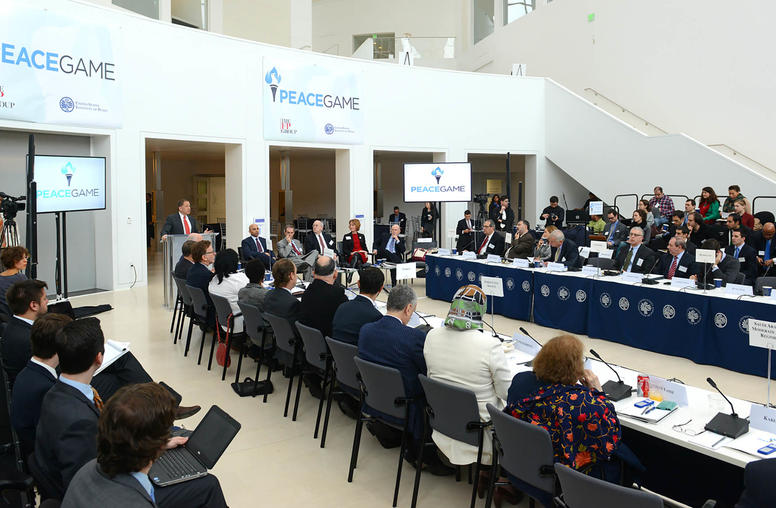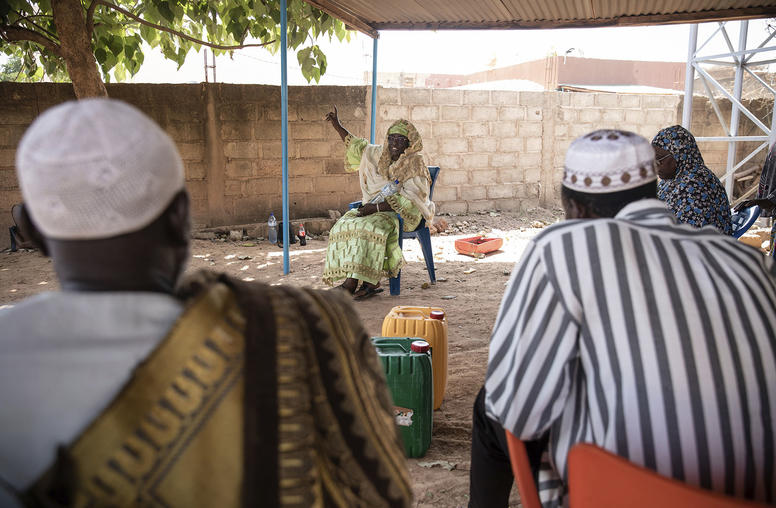Ending Civil Wars
How Can We Succeed with Limited Opportunities?
As a part of the American Academy of Arts and Sciences’ ongoing project on Civil Wars, Violence and International Responses, the second volume of a special issue of the journal Dædalus was released in January 2018 to explore trends in civil wars and solutions moving forward. Experts disussed their findings and recommendations on how the United States can better respond to intrastate conflict and promote both development and stability to create lasting peace.
Far more combatants and civilians have died in internal conflicts than in interstate warfare since the end of the Second World War. The cause of civil wars and effective policy responses have been debated extensively for decades, and the United States has often stressed counterinsurgency doctrine and state-building to restore political and societal stability. During the 1990s, the United States and international community often relied on a “standard treatment regime” comprising third party mediation, deployment of peacekeepers and development assistance to resolve internal conflicts around the globe.
However, 21st century rebel movements, shifting geopolitics, and the high costs of intervention bring this model into question. As a part of the American Academy of Arts and Sciences’ ongoing project on Civil Wars, Violence and International Responses, the second volume of a special issue of the journal Dædalus was released in January 2018 to explore trends in civil wars and solutions moving forward. Experts discussed their findings and recommendations on how the United States can better respond to intrastate conflict and promote both development and stability to create lasting peace.
Review the conversation on Twitter with #EndingCivilWars.
Speakers
Ambassador Karl Eikenberry, Moderator
Director, U.S.-Asia Security Initiative, Stanford University
Nancy Lindborg
President, United States Institute of Peace
Dr. Stephen Biddle
Professor, George Washington University
Stephen Krasner
Professor, Stanford University
Barry Posen
Professor, Massachusetts Institute of Technology
Clare Lockhart
Director and Co-Founder of the Institute for State Effectiveness



